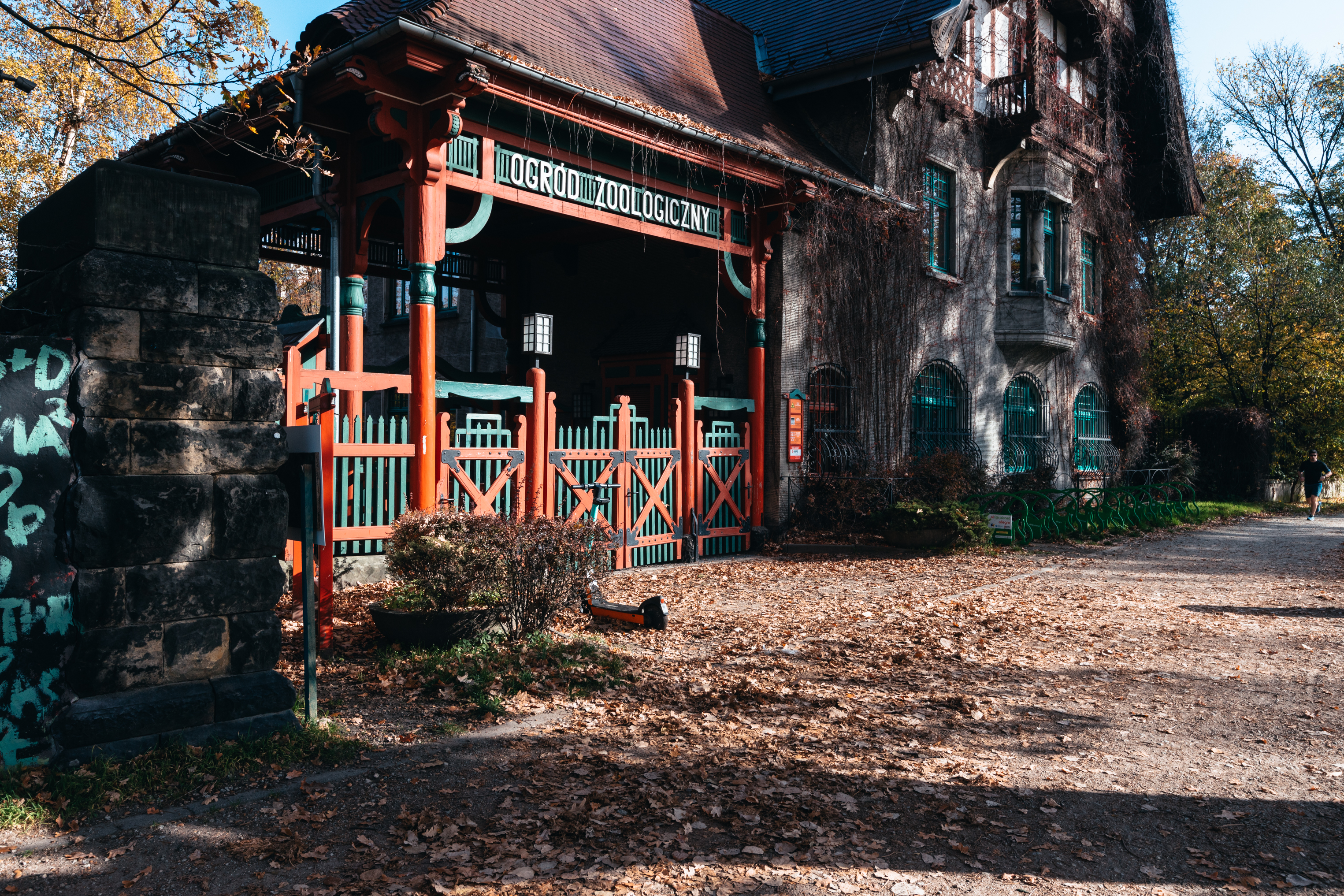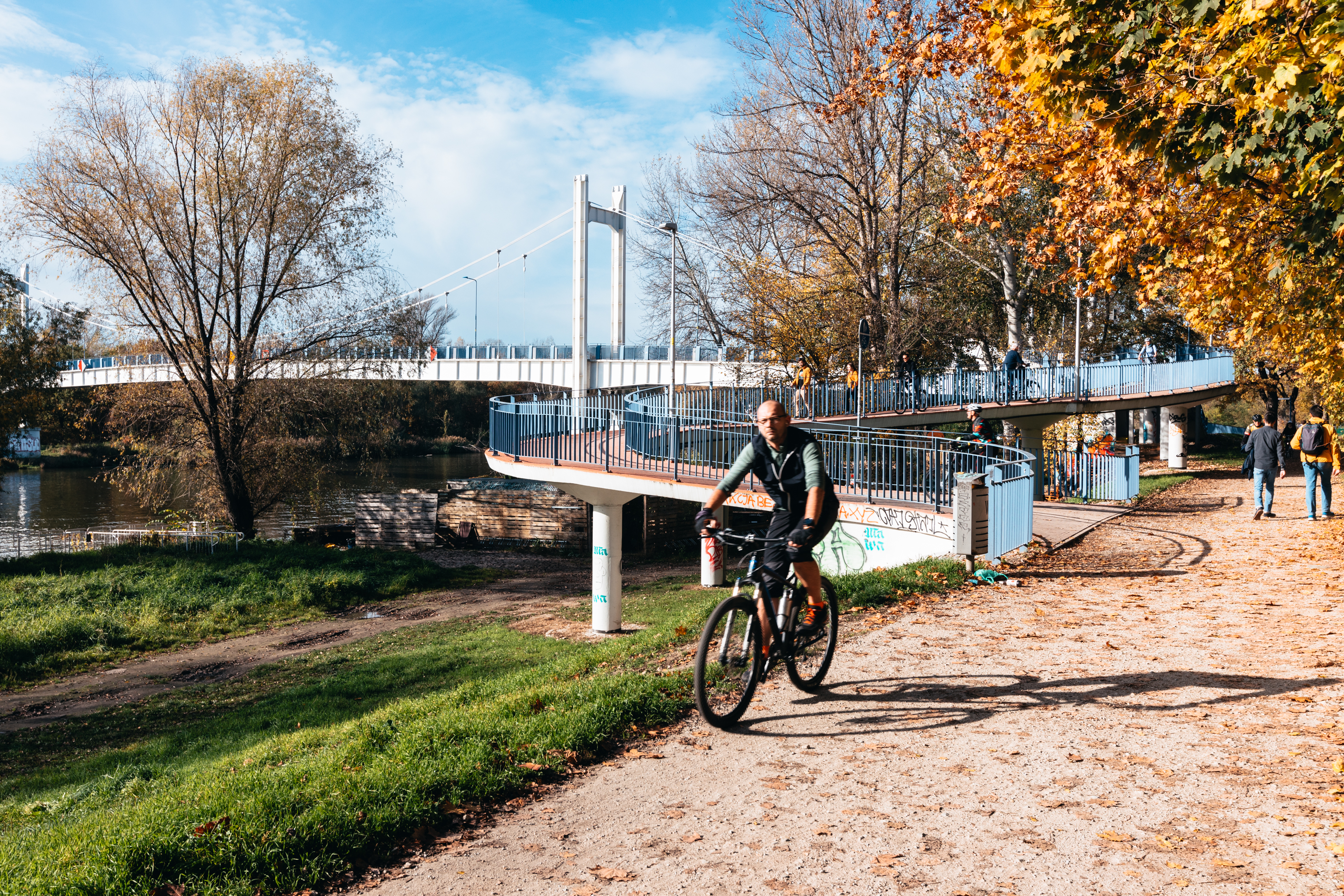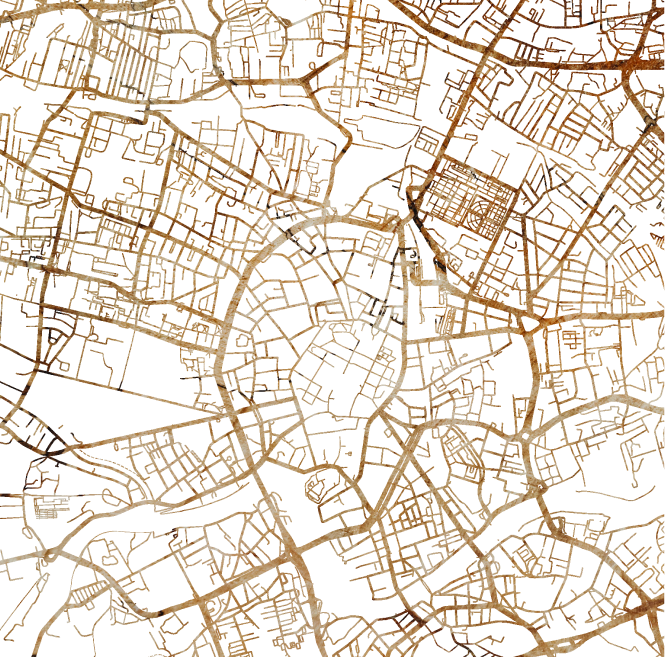Biskupin - charming interbellum Wrocław
A modernist housing estate from the inter-bellum golden years.
Based in Wroclaw, Poland
Based in Wroclaw, Poland
General info
Regarded as one of the city’s most attractive suburbs, Biskupin began life in the inter-bellum golden years when it was built as a modernist housing estate. Pioneering at the time, it has aged well and today offers a welcome respite from the hubbub of the city. Escaping the war largely undamaged, this intimate neighbourhood is buffered both by greenery and essential points of interest. Directly to its west, that translates to mean Hala Stulecia, a UNESCO-listed auditorium opened in 1913. Shaped like a bowler hat, it ranked as the world’s largest dome when it was completed. Surrounding it, the area is rife with A-Class attractions and these number a towering ‘needle’ that was built in the immediate post-war years to counter the Germanic form of Hala Stulecia, as well as an ornate Japanese garden created over a century ago, a multimedia fountain park and the Afrykarium whose underwater glass passages allow visitors to come face-to-face with exotic marine life. For all that, where the natural world is concerned, it is the zoo – the largest and oldest in Poland – that gets the most press. Founded in 1865, its striking period architecture is offset by modern embellishments and enclosures housing, among other things, the country’s only white-bearded wildebeest!

Architecture & Property
Much of
Biskupin’s property stock dates from the inter-war years when this area was
first constructed. Sometimes known as ‘the fairy tale estate’, the moniker
stems from the fantastical names that the streets once bore such as Elfenweg
(Elf Street) and Grimmstrasse (Brothers Grimm Street); whilst these have sadly
since been normalised, Biskupin retains a unique spirit that harks to these
times. Dominated by detached, semi-detached and terraced homes, these smart
dwellings feature red-tiled roofs and neatly-kept gardens that look especially
fetching in the hazy half-light of dusk.
An area of
high prestige, new developments have been relatively scant due to the constraints
placed on the area by its pre-war development plan, meaning that Biskupin has
retained much of its historic integrity. However, what spare plots exist have
been harnessed and this includes the acclaimed Rezydencja Dąbie complex on the
area’s south-eastern border. On the far eastern end of Biskupin, Bacciarellego
54 promises to set an even higher standard when completed; composed of striking
white cubes, this architecturally innovative project looks set to make the most
of the district’s idyllic green spaces.
Architecture & Property
Much of
Biskupin’s property stock dates from the inter-war years when this area was
first constructed. Sometimes known as ‘the fairy tale estate’, the moniker
stems from the fantastical names that the streets once bore such as Elfenweg
(Elf Street) and Grimmstrasse (Brothers Grimm Street); whilst these have sadly
since been normalised, Biskupin retains a unique spirit that harks to these
times. Dominated by detached, semi-detached and terraced homes, these smart
dwellings feature red-tiled roofs and neatly-kept gardens that look especially
fetching in the hazy half-light of dusk.
An area of
high prestige, new developments have been relatively scant due to the constraints
placed on the area by its pre-war development plan, meaning that Biskupin has
retained much of its historic integrity. However, what spare plots exist have
been harnessed and this includes the acclaimed Rezydencja Dąbie complex on the
area’s south-eastern border. On the far eastern end of Biskupin, Bacciarellego
54 promises to set an even higher standard when completed; composed of striking
white cubes, this architecturally innovative project looks set to make the most
of the district’s idyllic green spaces.
Green & Recreational Areas
Biskupin’s
leafy backwater atmosphere is one of its key selling points and local residents
often cite its calm pace of life as one of the area’s primary draws. Although
the city center lies just fifteen minutes away by car, the presence of Park
Biskupinski makes that distance feel considerably longer. Occupying ten
hectares, this wooded park backs onto a wild stretch of secluded greenery that
hugs the Odra River. A tiny marina can be found to the area’s south-west,
whilst in the north explorers are rewarded by a lush network of allotment
gardens that are especially picturesque in the summer.

